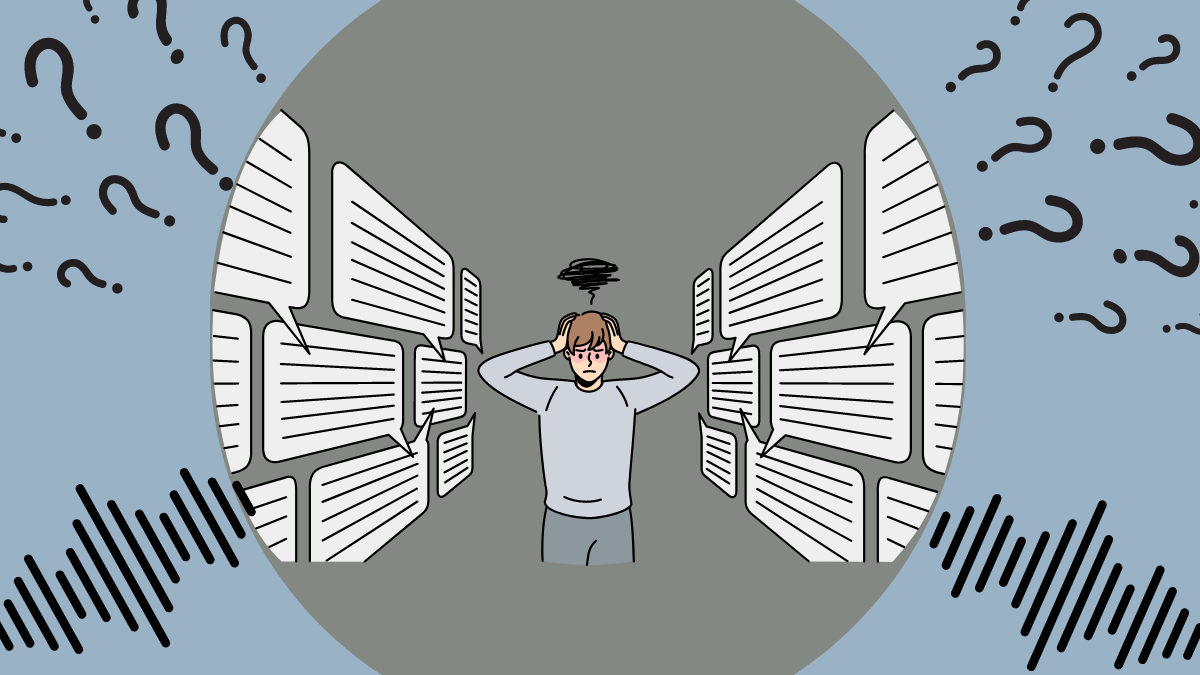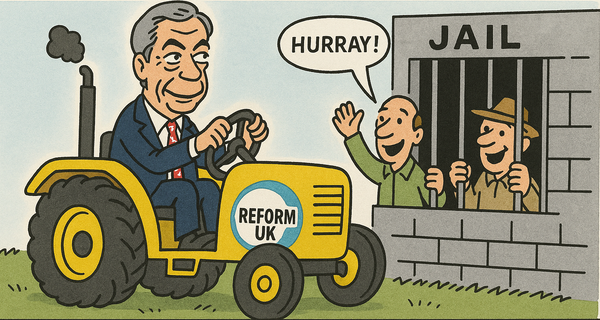Goodbye, David: a man who knew his audience
Farewell to a former student who passed away over the weekend. Plus some interesting reading on audience work.

RIP David Knowles
So, this is what I was alluding to yesterday:
It is with great sadness that we share the news of the passing of our colleague, David Knowles.
— The Telegraph (@Telegraph) September 9, 2024
David was a talented journalist and a much-loved friend and a colleague. He will be greatly missed. pic.twitter.com/vLigw63DHK
David's passing hadn't been formally announced when I pressed publish yesterday, hence my vagueness. A couple of former students at The Telegraph has been good enough to let me know before the news was released. You can now read obituaries of him on The Telegraph and Press Gazette.
David was also a former student and, in latter years, a friend. I last saw him only a few months ago, when he came in to speak to the MA Podcasting students (pictured above). His talk was funny, compelling, very indiscreet and delivered off-the-cuff. And, beforehand, we compared podcasting booths, like the geeks we were. That is not a euphemism.
We were going to have a coffee this autumn, once I was coming up to London again regularly. It's devastating that we'll never make that appointment.
I'll write more about David in the coming days — but I'm too upset by this news to do so just yet.
However, in honour of David, and his work in audience development, be it for the World Economic Forum, The Telegraph's social media operation, or the Ukraine: The Latest podcast he became so well known for, I'm concentrating the rest of today's post on audience-specific information.
Audience engagement means, well, engaging…
One thing that annoys me about some “audience” advice that's floating around there is that it's very one way: it's about observing, and experimenting, not interacting.
To me, at least, that interaction is critical to audience development work, for exactly this reason:
Audience listening is when your audience feel heard in your editorial decisions

And the linked piece is full of good advice for this listening and interacting part of the work:
Formats such as live chats, events and Q&As have gained ground through the past decade and offer the kind of direct conversation that defines true audience engagement. The newsroom gets a chance to interact with engaged audience members of real flesh and blood in a journalistic setting. And audiences are offered various ways to share their perspective.
Let's not forget that David's podcast started life as a Twitter Spaces live chat. The audience were part of it from the very start.

Audience strategy: back of the net!
This is like catnip to me:
- Take an existing community with information needs
- Meet those needs, via newsletters, to keep costs low
- Engage the community actively
- Then (hopefully) profit…
This is publishing built with the audience at the heart:
Morshead said: “There is a huge appetite for sport and, by proxy, sports news which is being served in a way that people can read easily, that is accessible, that is clean, that is handled in a way that people want to read it, that has the focus and interest of communities at heart.”
I genuinely hope they succeed.

Preserve the future of your digital journalism
OK, not strictly audience related, but longevity of digital archives is something we should all be thinking about. Imagine if David's reporting from Ukraine was lost because the audio files couldn't be played any more?
That would be heart-rending.








